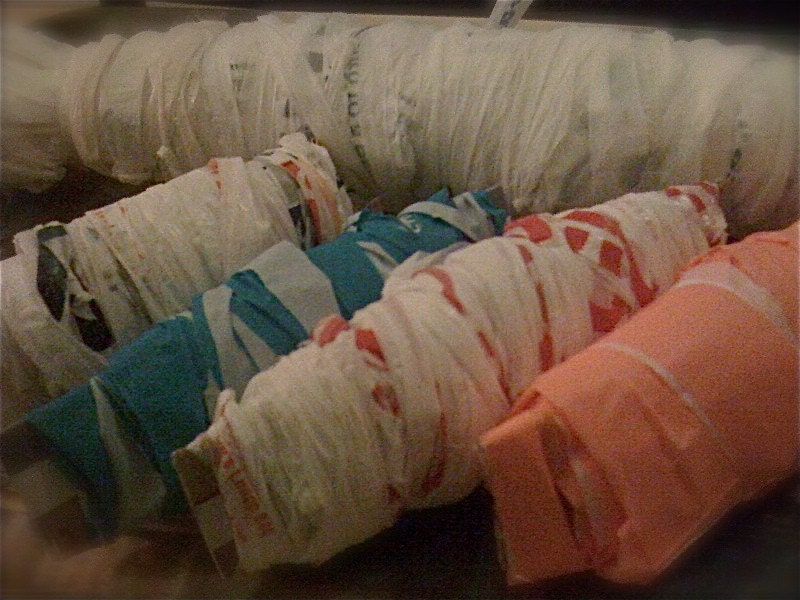Good morning Monday! And what do we have here. Is that a 2x2' box on my doorstep, full of luxurious Alpaca fibers? I think it is!


What I have here in my magical box of glorious wonderment is fiber from 4 huacaya alpacas. There are two breeds of alpaca that are generally bred for fiber: huacaya and suri. The main difference between the two is in the fiber. Huacayas have a crimpy fiber that has a lot of stretch to it. Suri alpacas have a straighter, silkier fiber that naturally grows in locks, making the suri alpaca look like it has dread locks.
Huacayas make up the majority of alpacas bred for fiber, so if you get alpaca fiber, unless the seller specifies where the fibers come from, you can rest assured that you will be getting huacaya fiber.
So... What do I do with this HUGE box of fiber now?
I have two choices. I can wash the wool first or I can spin the wool and then wash the yarn later. Both of these options are workable. Alpaca fiber does not contain lanolin, the substance which makes sheep wool oily and difficult to work with. However, I will choose to wash the fiber first. Sometimes, if you wait to wash the fiber, some dirt will remain caught in the twisted fibers.
The method of washing I chose is as follows:
1. Fill up one side of the two-basin sink with hot water and a squirt of dish washing liquid. Make sure it is well mixed. Soak the fibers for 10 minutes, making sure all fibers are wet. Do not agitate, as this will cause the fibers to felt.
2. Fill the second basin with hot water and mix in a half cup or so of vinegar. Once the fiber has soaked in the first basin for ten minutes, remove it, squeeze out the excess water, and soak it in the vinegar mixture for 10 minutes.
3. Empty your first basin, fill it up with clean hot water. You may add a small amount of hair conditioner (the same you use on your hair) but it isn't necessary. Once the fiber soaks for 10 minutes in the vinegar, squeeze the water out and soak it in the plain/conditioned water for 10 minutes.
4. Remove the fiber and squeeze out excess water by hand. Place the fiber on a towel, roll and squeeze to remove as much excess water as possible.
5. Lay the fiber out on a screen to dry. I removed one of the screens from my window and lay it across two chairs. This works perfect and the fiber shouldn't be heavy enough to bend the screen.
Tada, washed fiber!
Once that dries, you are ready to card!

Carding is the process by which you align the fibers. This makes it easier to spin, though some very good spinners can spin from the lock (straight from the fleece).
There are two main processes to align fibers: carding and combing.
Combing uses a set of combs, one which has two sets of teeth, which not only aligns the fibers, but also separates the shorter fibers from the longer fibers, which are better for spinning.
Carding uses two metal-wire curved brushes to align the fibers by passing the fibers back and forth between the brushes. In this case, I purchased two dog brushes that are curved and work just as well.
Once the fibers are aligned, the resulting pads of fiber can be used to make roving or can be used for straight spinning. For my purposes, I will use them straight for spinning.
At the point where you card the fiber, you can also blend other fibers. This is an exciting and artistic moment in your fiber work.
I purchased a small amount of bamboo fiber (also known as bamboo rayon, because it is processed in the same way as rayon) to blend with my alpaca fiber from Fiber Lady. Bamboo is a very slick, shiny fiber. It does not have the barbs that the alpaca fiber has, and as a result, does not felt. It has a smooth texture, similar to silk.
When blended with the crimpy alpaca fiber, it adds a sheen and smoothness to the strength and warmth of the alpaca fiber.
You can choose to partially blend, so that you have streaks of color in the fiber, or fully blend, which will make the fiber a uniform color.
Now it is time to start spinning! I've carded a lot of straight alpaca and have created an alpaca bamboo blend. Next week, I will share the joys of spinning these fibers!




